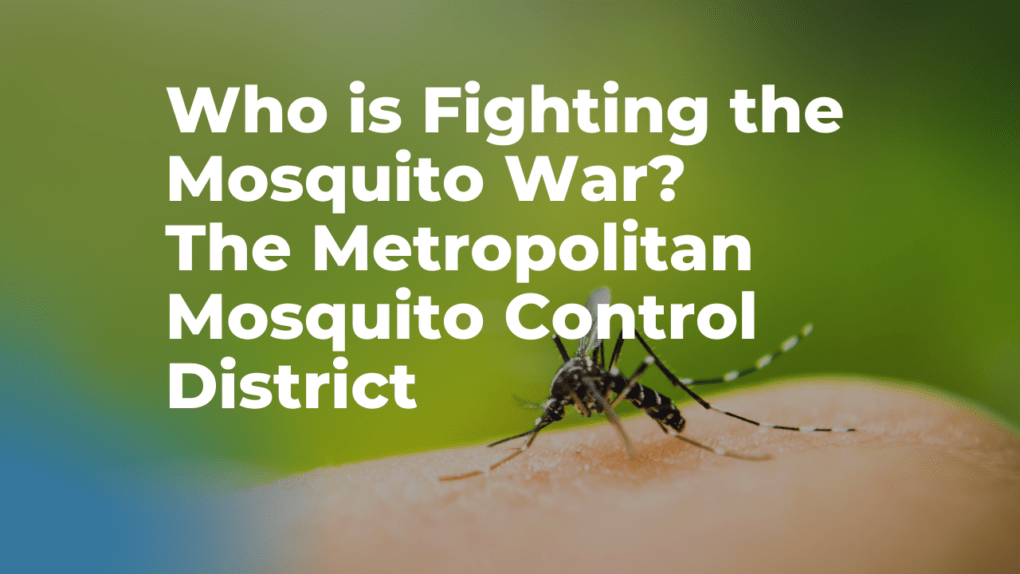The Metropolitan Mosquito Control District provides the community protection from diseases from mosquitoes and black flies.
Here are 7 take-aways from Cities Speak guest, Alex Carlson on how the Metropolitan Mosquito Control District keeps the mosquitoes from taking over.
Surveillance is Key
The first step of mosquito control is finding out what is out there and what is harmful. The MMCD collects mosquitoes every week. Then, the MMCD takes the mosquitoes are taken to a lab where they are ground up and examined for viruses.
Culex Carries West Nile Virus
The Culex mosquitoes are the most likely to carry West Nile Virus in Minnesota. They are also known as container breeding mosquitoes. They like to breed in standing water like kiddie pools, and bird baths.
Drought Deters Mosquitoes
When there is less water, there are less mosquitoes. Culex mosquitoes cannot breed if there are no water sources present.
Mosquitoes Can’t Survive Minnesota Winters
The colder the Winter, the less mosquitoes in the Summer. One reason to hope for an icy winter!
The Metropolitan Mosquito Control District has a Helicopter
The helicopter also drops dry granules that look like dried corn pieces. These pellets are naturally occurring bacteria in the soil that disrupts the digestive system of mosquito larva. It is safe for humans, and kills mosquito larva.
The MMCD Monitors More than just Mosquitoes
They monitor black flies, gnats, as well as tick populations. They don’t do any tick control measures, but they do monitor and educate people about tick safety.
Fun Fact
There are 52 species of mosquitoes in Minnesota. Of those, we only consider 15 of them a concern. That’s a lot of mosquitos!
In conclusion, the Metropolitan Mosquito Control District provides a valuable service to our communities by controlling mosquito populations. To learn more, watch the full episode of Cities Speak here.

